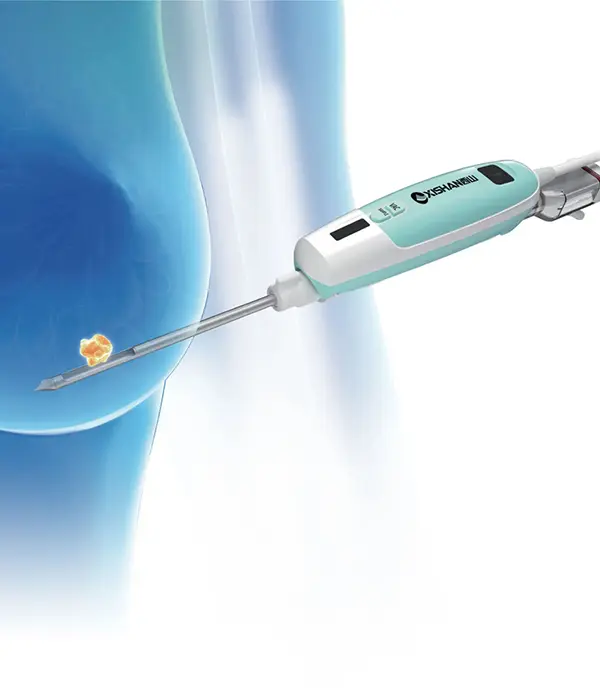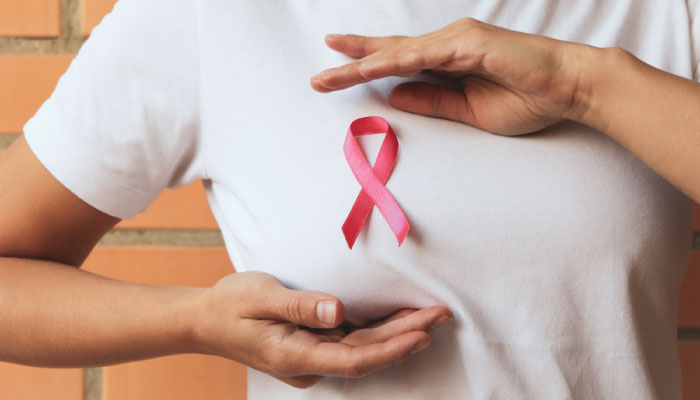Vaccum-Assisted Biopsy (VAB)
Vacuum-Assisted Biopsy (VAB) is a minimally invasive procedure used to obtain tissue samples from a suspicious area in the breast (or other tissues) for further examination.

It is typically performed when a mammogram, ultrasound, or MRI detects an abnormality that requires further investigation to determine whether it is benign or malignant.
The vacuum-assisted biopsy technique allows for the removal of larger and more contiguous samples of tissue compared to traditional needle biopsy methods.
The advantage of VAB is that it is image guided biopsy and the same imaging in which the abnormality is detected can be used to implement VAB. This is important as some of the breast lesions may not be visible on all imaging modalities. Ultrasound, mammogram and MRI are the common methods of imaging used to identify lesions in the breast.
Key Features of Vacuum-Assisted Biopsy
Vacuum Suction
- A special biopsy probe is inserted into the suspicious area under imaging guidance (ultrasound). The probe has a vacuum system that gently suctions tissue into the probe.
- The tissue is cut and collected through the probe into a collection chamber, allowing for multiple samples to be taken through a single insertion.
Larger Tissue Samples
- Compared to core needle biopsy, vacuum-assisted biopsy allows for the removal of larger, more continuous samples, increasing the accuracy of the diagnosis.
- Because larger tissue samples are obtained, fewer samples are usually required to make a definitive diagnosis.
Single-Incision Procedure
- VAB is usually performed through a single, small incision, making it less invasive than a traditional surgical biopsy. The incision is typically so small that stitches are not needed, and the procedure leaves minimal scarring
Guidance by Imaging
The biopsy is performed with real-time guidance from imaging techniques, such as
Procedure Steps
Benefits of Vacuum-Assisted Biopsy
Indications for Vacuum-Assisted Biopsy
Risks and Complications
Although vacuum-assisted biopsy is a generally safe and well-tolerated procedure, there are some risks associated with it, including:
Recovery After Vacuum-Assisted Biopsy
- Most patients can resume normal activities shortly after the procedure, although they may be advised to avoid strenuous activities for 24 to 48 hours.
- Over-the-counter pain medications like paracetomol or ibuprofen can help manage any discomfort.
- The biopsy site may remain bruised or tender for a few days, but complications are uncommon.

Conclusion
Vacuum-assisted biopsy is a highly effective and minimally invasive option for diagnosing suspicious breast lesions. It offers greater accuracy with fewer samples and minimal discomfort compared to other biopsy techniques, and it plays an important role in the early detection and treatment of breast cancer.



